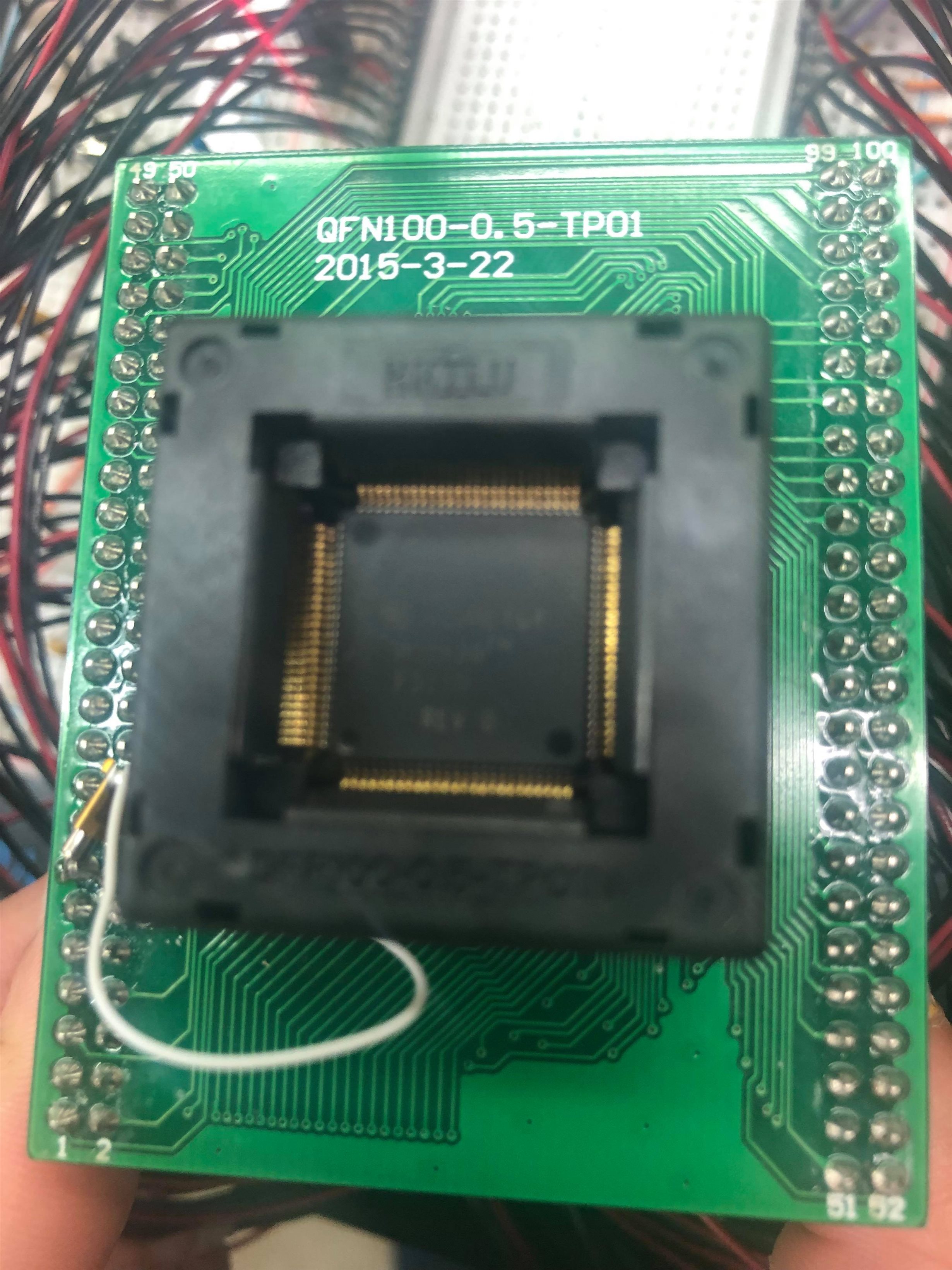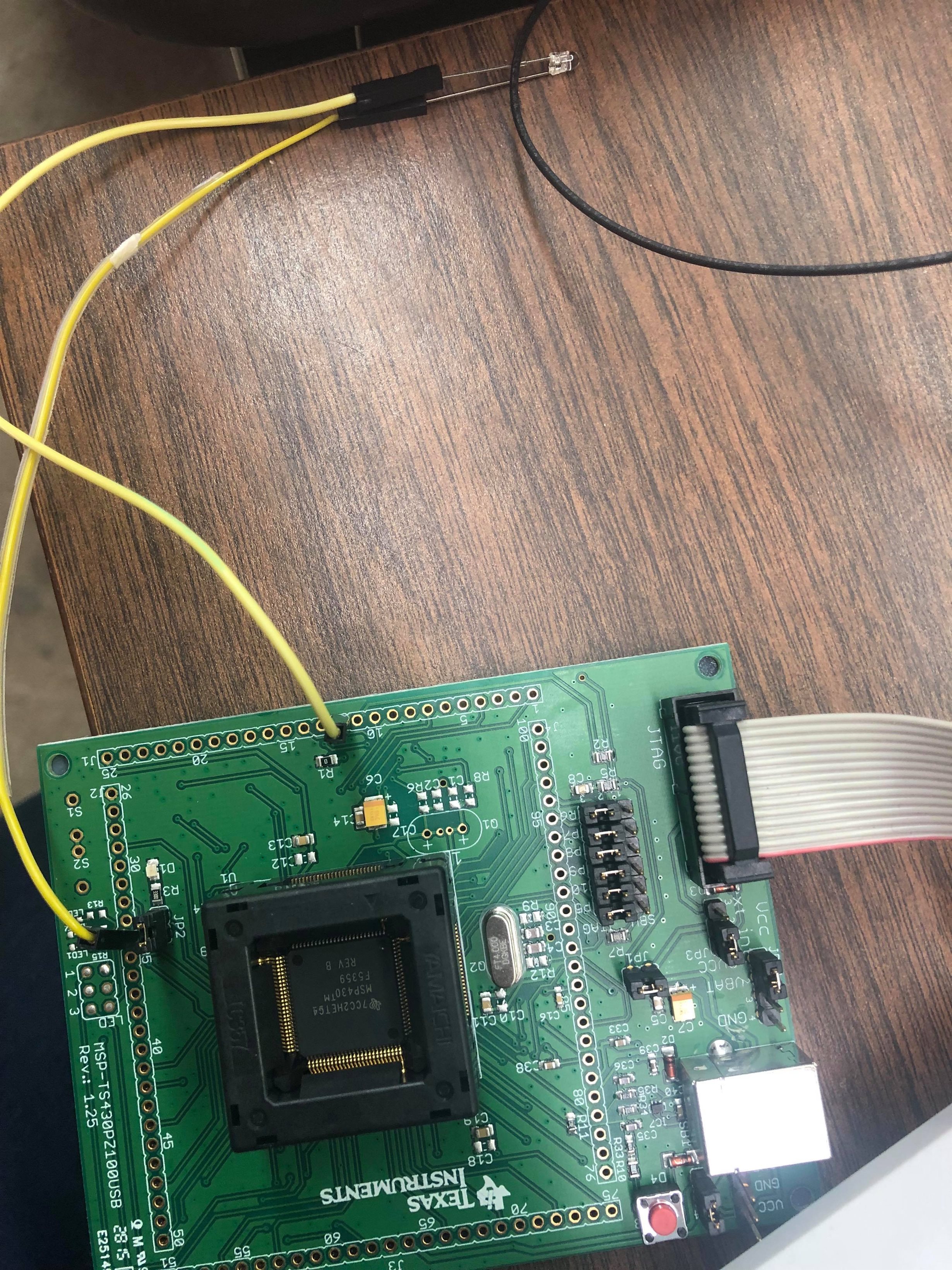Hello, I'm trying to use MSP430f5359 for my project but the crystal oscillator is not working, i downloaded the code from resource explorer for msp430f5359 to test it but its still not working. Attach here is the circuit of crystal oscillator.
what am i doing wrong?







